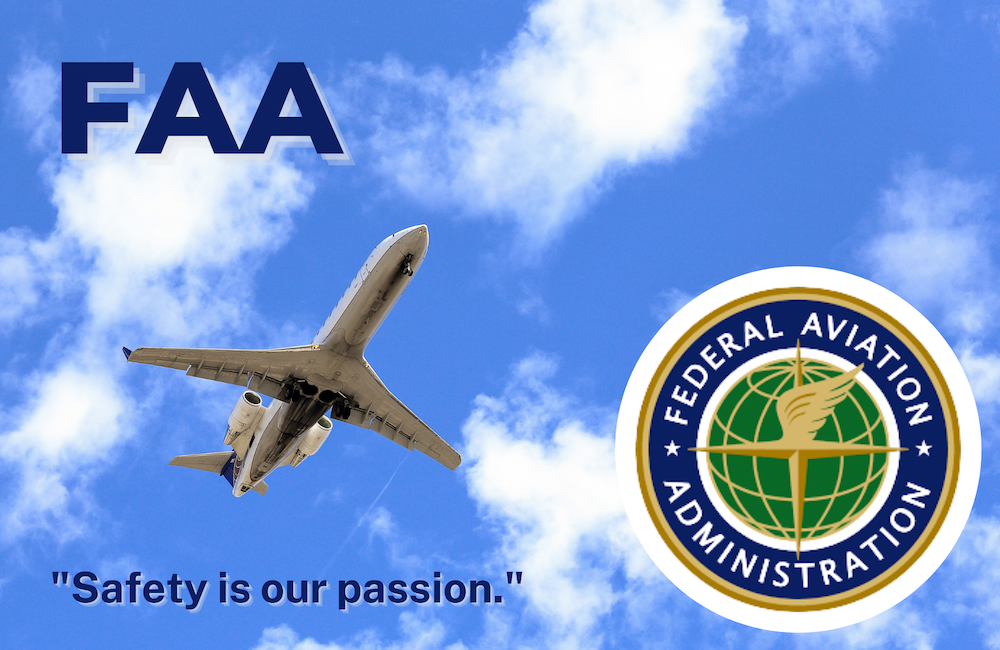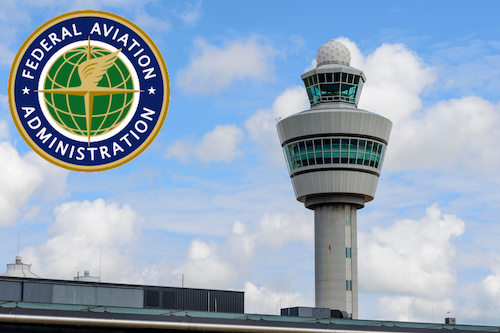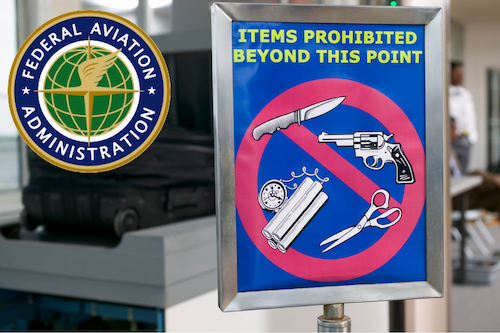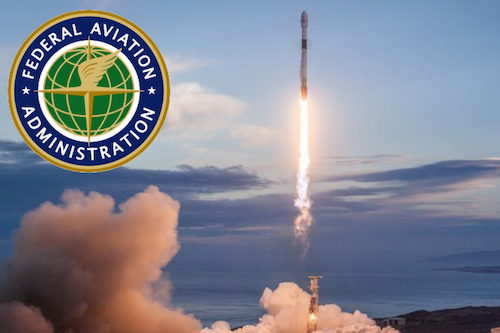FAA: Pilot Requirements & Certificates

The Federal Aviation Administration (FAA) regulates all aspects of aviation in the United States. Established in 1958, it is the largest transportation agency in the federal government. The FAA is the civil aviation authority for the U.S. It regulates all civil aviation throughout the country. Also, the FAA holds authority over neighboring international waters per the International Civil Aviation Organization (ICAO). The agency oversees air traffic management, aircraft certification, pilot certification, and airport standards. Furthermore, the FAA protects U.S. assets during space launches and re-entries. Its ultimate focus is safety.
The FAA operates from these five perspectives:
- Aviation Safety (AVS) – Certifies aeronautical aircraft (parts, maintenance, etc.) and personnel, including pilots, mechanics, and airlines. The FAA maintains records and a registry of airmen and aircraft. It is also a resource for information. For example, you may request a specific guide, handbook, or manual. Flight schools that are authorized by the FAA receive an Air Agency Certificate.
- Airports (ARP) – Oversees entire airport system for the U.S., including plans and design, construction, and maintenance with the goal of safety in all areas.
- Air Traffic Organization (ATO) – Responsible for air navigation services, including Air Traffic Control (ATC), Terminal Radar Approach Control (TRACON) facilities, and Air Route Traffic Control Centers (ARTCC).
- Security and Hazardous Materials Safety (ASH) – Mitigates risk of crime and terrorism as related to protection of infrastructure, materials safety, and personnel security.
- Office of Commercial Space Transportation (AST) – Protects U.S. assets with regard to commercial space flights during launch and re-entry.
What is an FAA pilot license?
The FAA provides airman certification. This means they oversee the authorization for all types of pilot licenses, certificates, and type ratings. Each license allows you to fly a certain type of aircraft under specific conditions. For example, this is comparable to how a driver’s license allows you to drive certain vehicles under certain conditions (e.g., commercial truck driver). Pilots must adhere to all FAA regulations. There are numerous types of pilot licenses, such as a sport and recreational pilot license or student pilot license. The most common licenses and ratings include:
- Private Pilot (PPL)
- Instrument Rating (IR)
- Commercial Single-Engine License (CSEL)
- Commercial Multi-Engine License (CMEL)
- Airline Transport Pilot License (ATPL – This means you are approved to fly for the airlines.)
- Multi-Crew Pilot (MCP)
- Certified Flight Instructor (CFI)
- Certified Flight Instructor – Instrument (CFII)
- Multi-Engine Rating Instructor (MEI)
There are other types and ratings, but these are the most common.
How do you become an FAA pilot?
Pilots must undergo rigorous training taking ground school courses covering aeronautical knowledge. Pilots also get one-one one flight instruction. Most pilots receive this training at a flight school, such as Epic Flight Academy. They must pass FAA written exams and undergo flight examinations by an FAA designated examiner for each license or rating. Flight students take these tests at each phase of training. Becoming a pilot takes prep and practice. The process of becoming an FAA pilot means much more than memorizing questions and answers for the test. Furthermore, you must be in good physical shape. The FAA can revoke your license for poor health. Airline pilots, for instance, must pass a class 1 medical. Pilots can request medical clearance through the FAA’s MedXPress system. The FAA also requires random drug tests for pilots, mechanics, and others. For those wondering how to become an FAA pilot, follow this step-by-step guide. Pilots do have the right to appeal an FAA medical denial.
What does FAA certification mean?
The meaning of FAA certification for pilots is that you have the authority of an agency of the United States to fly under specific flight rules and in specific aircraft. It means you have met the criteria and understand both the privileges and restrictions of your particular certification. You can fly in any state in the U.S. Certification is how the FAA manages risk through safety protocols and assurances. Certification can also apply to aircraft. Again, certification ensures that certain safety standards have been met.
What are other ways the FAA supports pilots?
The FAA exists to provide ultimate safety through support and sharing of knowledge. For examples, they publish Notices to Airmen (NOTAMs) to advise pilots of imminent issues, such as temporarily restricted airspace. Additionally, the FAA has weather cams to further support aviation safety. These share substantial data with pilots, such as access to VFR, IFR, and Terminal Area Charts and detailed graphics. The FAA collects reports on accidents and incidents. Also important, the FAA regularly publishes updated sectional aeronautical charts to assist with navigation. In fact, they have a vast catalog of publications and publish a price list. Also among their publications are glossaries where pilots can learn the definition of ATC terms, etc. It is impossible to list all the ways the FAA supports pilots. The organization is committed to safety above all else.
Oversight of Aircraft

The FAA oversees the certification and safety of all types of aircraft. This includes both commercial and general aviation. The FAA certifies nextgen avionics and other equipment, such as Garmin and BendixKing. Their goal is safety. Therefore, aircraft worthiness is held to the highest standards. The FAA requires registration of all aircraft and provides airworthiness certification. They approve designs of aircraft and have the authority to remove aircraft from service. They publish airworthiness directives and advisory circulars to inform the aviation community when there are issues. Furthermore, they certify repair stations, including parts and equipment. Also, their advisory circulars provide important information, such as critical aircraft and regular use determination. The FAA has broad authority to ground an aircraft deemed unsafe.
Oversight of Airports

Airport oversight includes all aspects, such as runway and taxiway conditions, operations, and environmental issues. Other FAA safety functions include aircraft rescue and fire fighting, safety management systems, as well as engineering and design standards. They manage numerous special programs for airport oversight. These include research and grant programs. For example, in 2021, the FAA approved a $2,246,893 grant for the New Smyrna Beach Airport. Oversight also includes the publication of chart supplements. These chart supplements are a list of data available to the public that include information about all U.S. airports, bases, and facilities. The FAA also provides data for airports conducting benefits-cost analyses.
Oversight of Air Traffic

This fascinating aspect of the FAA is like having eyes in the sky. The FAA keeps detailed records of the number of daily flights, number of passengers, and a myriad of other data. Air Traffic Control (ATC) communicates vastly important information to pilots in the air and on the ground. They provide weather updates, routing and communication details, and other environmental information. This arm of the FAA ensures the safety and efficiency of our national airspace system. They rely on sophisticated technology to collect and share critical data. They direct air traffic, oversee noise and emissions, and provide oversight for numerous other details.
Oversight of Security and Hazardous Materials

The FAA conducts investigations, provides law enforcement support, and promotes safety, security, and a robust vetting process for personnel. They provide training, and their identification process complies with Homeland Security requirements. The FAA conducts investigations and special inquiries with the goal of defensive counter-intelligence. They also insure the safe transportation of hazardous materials. The FAA develops rules and procedures to reduce risk and increase safety.
Oversight of Commercial Space Transportation

The Office of Commercial Space Transportation is the FAA’s only space-related line of business. They regulate the U.S. commercial space industry, such as SpaceX, to protect public health and safety. They facilitate and promote private space launches, recommend appropriate policy changes, and work to strengthen the U.S. space transportation infrastructure.
How do I contact the FAA?
Depending on your reasons for contacting the FAA, there are several methods. If you need a form to complete an application or check the status of a pending app, the most efficient method is visiting their website at faa.gov. For example, you can look up an n-number online. Or, you can search for aircraft information by state and county. You can also search the FAA database for various information, such as airmen inquiry. International pilots can complete the verification of a foreign license and medical exam certification. The FAA data portal is another resource where you can review documents. Lastly, the FAA regularly posts aviation jobs.
Mailing address:
FAA
800 Independence Ave, SW
Washington D.C. 20591
Phone:
866-TELL-FAA (866-835-5322)
The bottom line is this: the Federal Aviation Administration has the ultimate authority over U.S. skies and all general and civil aviation facilities on the ground.They make and enforce the rules and requirements that govern aviation. Their emphasis is on safety, and every action they take is based on that focus.
